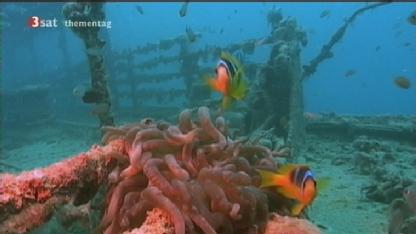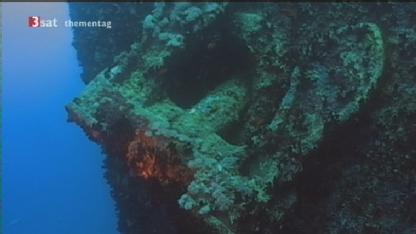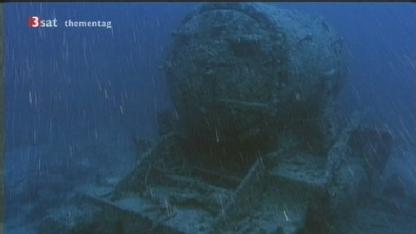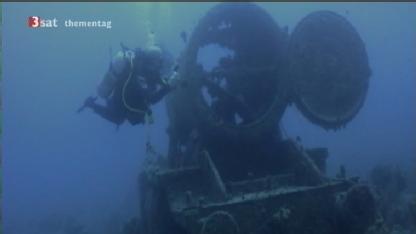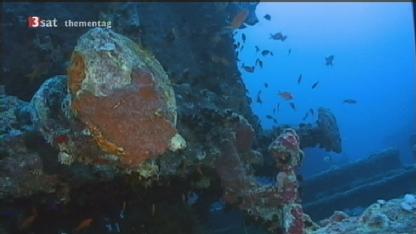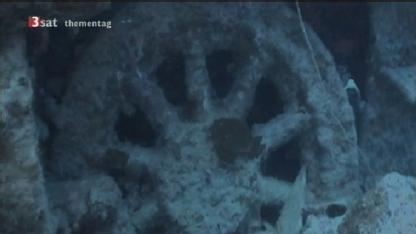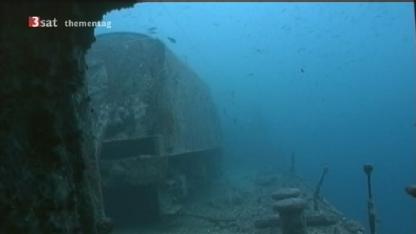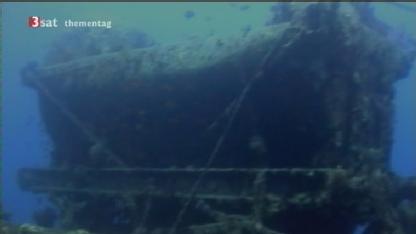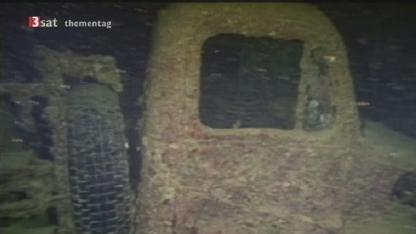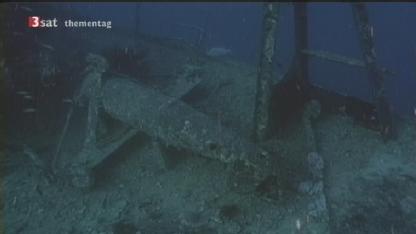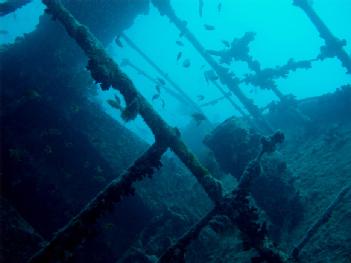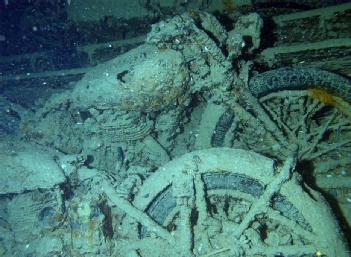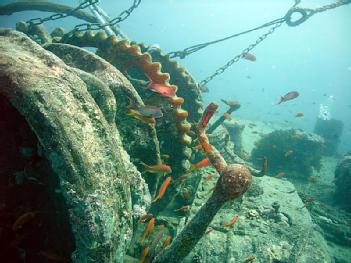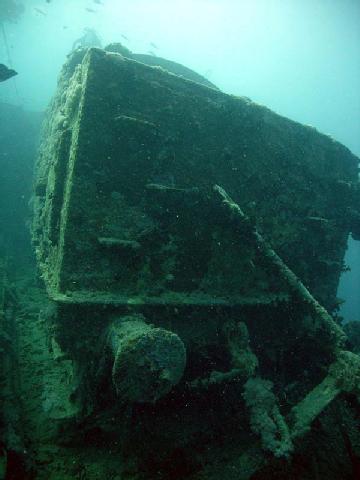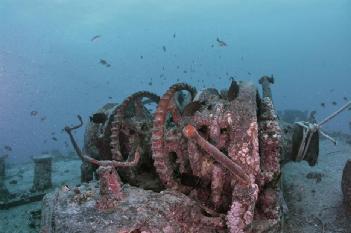
SS Thistlegorm |
Sharm Al Sheikh, Egypt (Sinai) |
|
| Address |
Qesm Sharm Ash Sheikh
insite Red See over Reef Sha'ab Ali |
| Floor area | unfortunately not known yet |
Museum typ
Exhibition
Navy / Watercraft
- Motorcycles / Motorbikes
- Trucks / Lorries
- Combustion engines/generators/pumps
- Railway
- Military Aerospace
- Arms
|
Opening times
|
at daylight |
|
Status from 01/2014
|
We don't know the fees. |
| Contact | Unknown contact data for this museum - please help via contact form. |
| Homepage | We could not find a homepage. |
Our page for SS Thistlegorm in Sharm Al Sheikh, Egypt, is not yet administrated by a Radiomuseum.org member. Please write to us about your experience with this museum, for corrections of our data or sending photos by using the Contact Form to the Museum Finder.
| Location / Directions |
only by diving |
| Description | Wikipedia.en: The SS Thistlegorm was a British armed Merchant Navy ship built in 1940 by Joseph Thompson & Son in Sunderland, England. She was sunk on 6 October 1941 near Ras Muhammad in the Red Sea and is now a well known diving site. Last voyageShe set sail on her fourth and final voyage from Glasgow on 2 June 1941, destined for Alexandria, Egypt. The vessel’s cargo included: Bedford trucks, Universal Carrier armoured vehicles, Norton 16H and BSA motorcycles, Bren guns, cases of ammunition, and 0.303 rifles as well as radio equipment, Wellington boots, aircraft parts, and two LMS Stanier Class 8F steam locomotives. These steam locomotives and their associated coal and water tenders were carried as deck cargo and were for the Egyptian Railways. The rest of the cargo was for the Allied forces in Egypt. At the time the Thistlegorm sailed from Glasgow in June, this was the Western Desert Force, which in September 1941 became part of the newly formed Eighth Army.Due to German and Italian naval and air force activity in the Mediterranean, the Thistlegorm sailed as part of a convoy via Cape Town, South Africa, before heading north up the East coast of Africa and into the Red Sea. On leaving Cape Town, the light cruiser HMS Carlisle joined the convoy. Due to a collision in the Suez Canal, the convoy could not transit through the canal to reach the port of Alexandria and instead moored at Safe Anchorage F, in September 1941 where she remained at anchor until her sinking on 6 October 1941. HMS Carlisle moored in the same anchorage. There was a large build-up of Allied troops in Egypt during September 1941 and German intelligence suspected that there was a troop carrier in the area bringing in additional troops. Two Heinkel He-111 aircraft were dispatched from Crete to find and destroy the troop carrier. This search failed but one of the bombers discovered the vessels moored in Safe Anchorage F. Targeting the largest ship, they dropped two bombs on the Thistlegorm, both of which struck hold 4 near the stern of the ship at 0130 on 6 October. The bomb and the explosion of some of the ammunition stored in hold 4 led to the sinking of the Thistlegorm with the loss of four sailors and five members of the Royal Navy gun crew. Most of the cargo remained within the ship, the major exception being the steam locomotives from the deck cargo which were blown off to either side of the wreck. Discovery by CousteauIn the early fifties, Jacques-Yves Cousteau discovered her by using information from local fishermen.Rediscovery and recreational dive siteFollowing Cousteau’s visit, the site was forgotten about except by local fishermen. In the early 1990s, Sharm el-Sheikh began to develop as a diving resort. Recreational diving on the Thistlegorm restarted following the visit of the dive boat Poolster.The massive explosion that sank her had blown much of her midships superstructure away and makes the wreck very accessible to divers. The depth of around 30 m (100 feet) at its deepest is ideal for diving without the need for specialist equipment and training. The wreck attracts many divers for the amount of the cargo that can be seen and explored. Boots and motorcycles are visible in Hold No. 1. Trucks, motorcycles, Wellington boots, rifles, Westland Lysander wings, about twenty Bristol Mercury radial engine exhaust rings and a handful of cylinders and Bristol Blenheim bomber tail planes are visible in Hold No. 2. Universal Carrier armoured vehicles, RAF trolley accumulators, and two PUNDIT lights can also be found. Off to the port side of the wreck level with the blast area can be found one of the steam locomotives which had been stored as deck cargo and the other locomotive is off the starboard side level with Hold No. 2. |
Radiomuseum.org presents here one of the many museum pages. We try to bring data for your direct information about all that is relevant. In the list (link above right) you find the complete listing of museums related to "Radio & Co." we have information of. Please help us to be complete and up to date by using the contact form above.
[dsp_museum_detail.cfm]
| Data Compliance | More Information |
